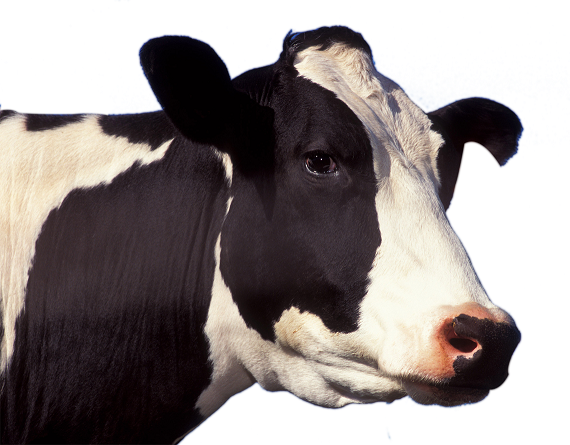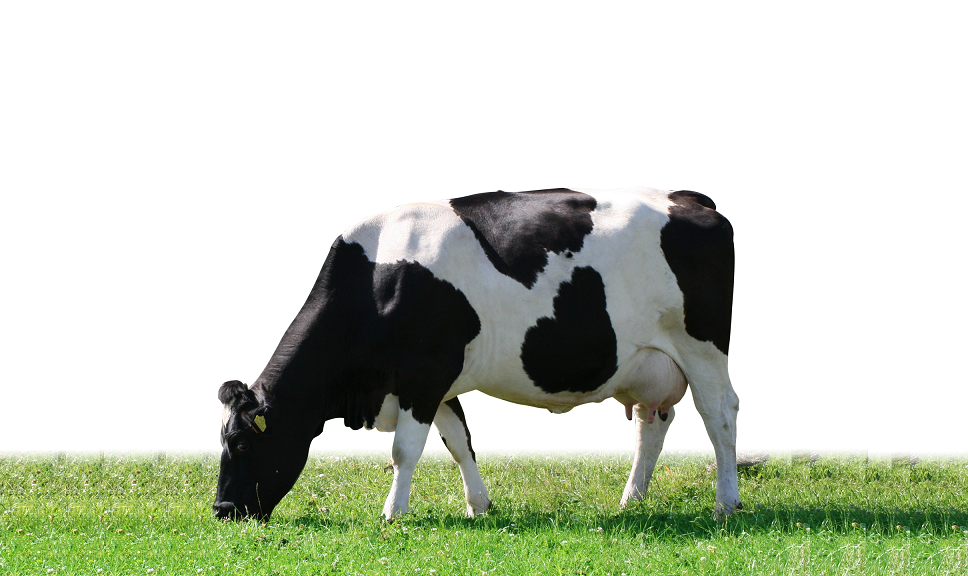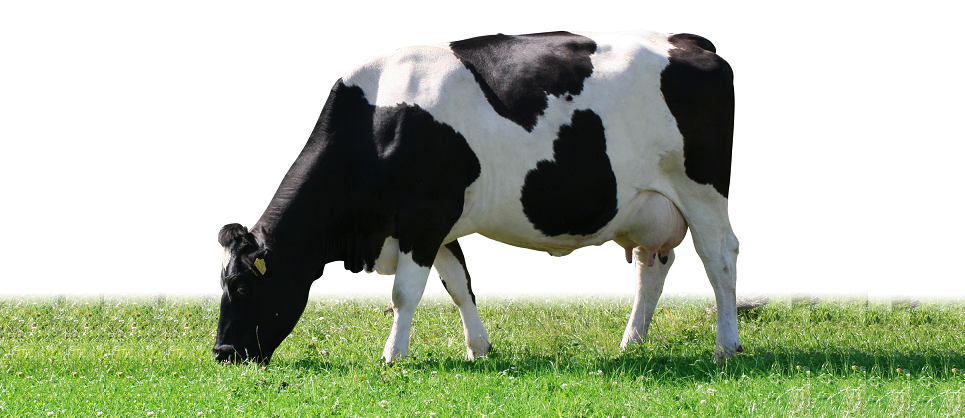Liver and serum sampling in the autumn, or at drying off, provides an opportunity to ensure herd trace element levels are appropriate heading into winter.
The testing options below focus on the essential autumn trace elements – copper and selenium – but you can add to these or change them using other trace element tests available (refer to our submission form and price book for details). Indicate clearly in the space provided on the submission form how many of each test you would like performed.
| Serum Se or GPx | Serum Mg | Serum Cu or Fx | Liver Cu | Liver Se | |
| OPTION 1 On-farm biopsies and blood | 5 | 10 | – | >10 | – |
| OPTION 2 On farm bloods only | 5 | 10 | 10 | – | – |
| OPTION 3 Slaughter plant collection | – | – | – | >10 | 5 |
Copper:
Liver is the sample of choice for determining the copper (Cu) status of clinically normal animals, and autumn is a good time to assess liver copper stores. This gives time to supplement before the high demands of late pregnancy and lactation.
Even though greater than 95µmol/kg is considered an adequate liver copper concentration, concentrations may decrease to ⅓ – ¼ of the autumn level over the winter, hence copper supplementation should be considered if autumn liver copper concentrations are below 300—400µmol/kg. Even higher levels may be desirable at this stage if there is a history of copper deficiency on the property. Serum copper can be used to determine if copper deficiency is the cause of a current problem, reflecting the amount of copper at essential sites. Serum is a poor indicator of liver stores and is not the recommended sample when information on storage is required, although low serum concentrations in two or more animals in a group does indicate a proportion of animals have low liver reserves.

Avoid sampling animals with infections and facial eczema, since serum copper increases significantly in inflammation.
Due to the variability in liver coppers, we recommend 10+ liver samples are taken from the herd. To estimate mean liver copper with 75% confidence (± <µ100mol/kg from the true mean), requires at least 10 liver samples. Testing five or six liver samples reduces the confidence to around 50%. Ensuring random and representative animal selection from the herd for sampling is also important.
Selenium:
Measuring serum selenium (Se) gives an indication of current selenium status as selenium is absorbed from the diet and translocated to serum and liver within hours.
Liver selenium concentrations in cattle or cull cows will provide useful background information on the farm’s selenium status. For more precise monitoring (if these initial results are low or marginal) serum analysis is recommended.
Note – whole blood selenium or glutathione peroxidase (GPx) gives a reliable indication of current selenium status if stock have been grazing the same soil type for the past 3 months, and no selenium has been supplemented during this period.
Levels should also be checked pre-calving, as selenium deficiency can affect milk production, periparturient diseases and conception rates.
Additional trace element information can be found in the MineralCheck package information available in the ‘Veterinarian info’ section of our website.
Call our team today on 0800 474 225 to ensure your autumn essentials are taken care of!
References:
· Bailey K. et al. Copper in New Zealand: an overview and update. NZVA Dairy Cattle Soc Proc, 8, 17-24, 1991
· Laven R. Trace elements and micronutrients for dairy cattle: Update Do you really want to diagnose deficiency, and, if you do, are you really diagnosing it?. NVZA Dairy Cattle Soc Proc 7.3.1-10, 2011


